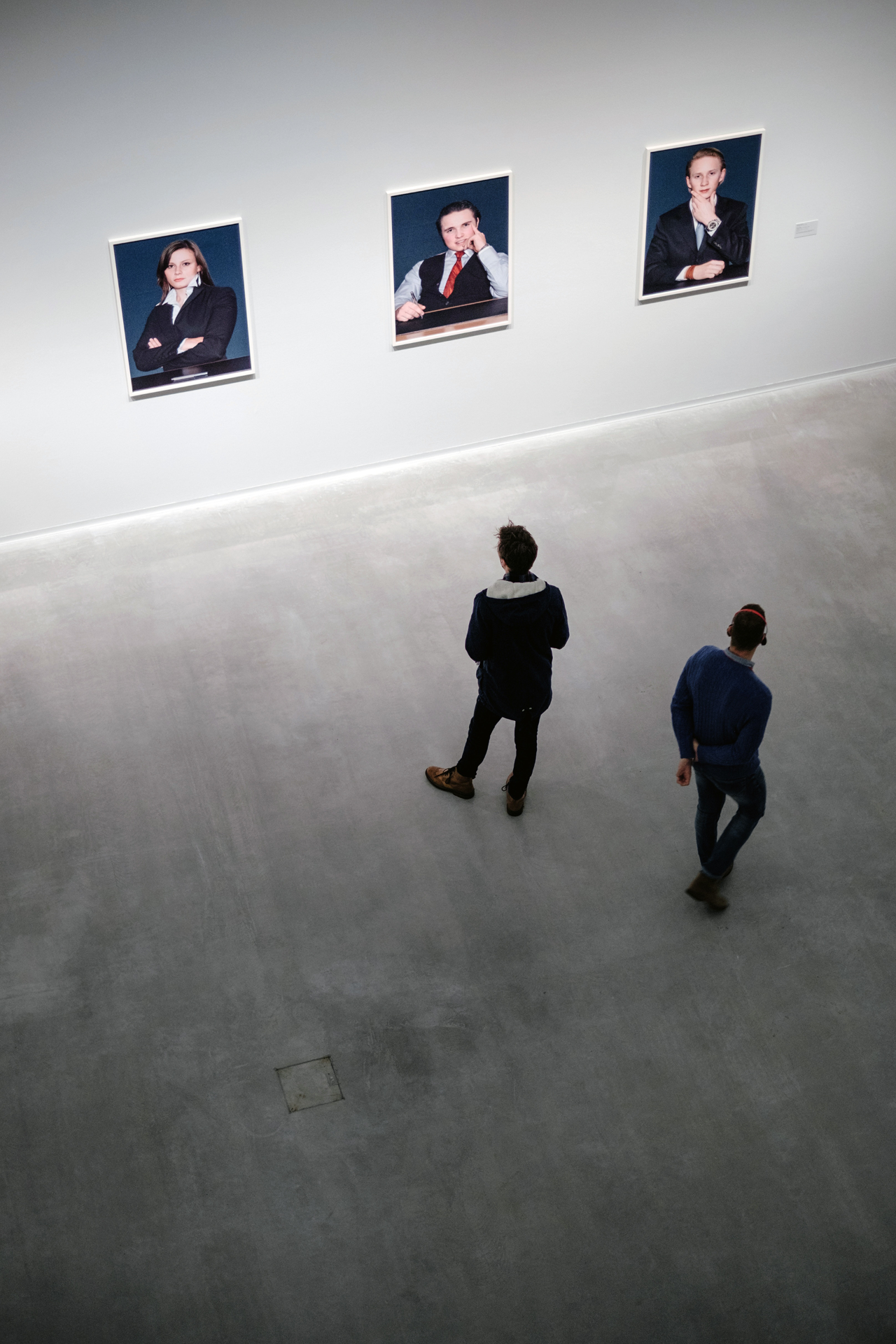RODGER SMITH was introduced to psychology, sociology and statistics, as well as historical & physical geography while attending Strathclyde University before gaining a Ba(hons) in Sculpture at Bath Academy of Art. He went on to develop skills in 'Bronze Casting & Foundry Practice' at the RCA London leading to the building an Art Bronze foundry in East Yorkshire.
In 1978 the foundry was moved to Barnbarroch, in Dumfries & Galloway, and accompanied by his partner Christine, they combined it with the establishment of a Studio Pottery and Fine Art gallery.
After battling with Leukaemia for several years, he received a bone marrow transplant in 2009 during which time - as a project to survive the necessary two months isolation in a Glasgow hospital bed and with a feeling of unfinished business - his earlier notes examining the work of Guy Underwood were revisited. A plan was then formulated of what would be required to take the investigation further, when physical recovery permitted.
How the Investigation Started
Stemming from a simple desire to confirm or refute the observations and investigations documented by Underwood in his book: 'Patterns of the Past' (London, Museum Press 1969), expectations were undoubtedly created but they were tempered by a good deal of scepticism - Underwood's findings were multi-layered and included some fairly whacky speculations. However, it soon became apparent that the experience being described by him was an interesting physical phenomenon. During follow-up investigations it was realized that this particular phenomenon was a muscular reflex generated by a change in homeostasis between the Left and Right hemispheres of the body. Although Underwood did not re-count the phenomenon in quite this way, his descriptions of it could readily be tested and therefore, confirmed or rejected by examination of one's own bodily reactions under the same basic experimental conditions described by him.
It should be noted that at the start of this project, no attempt was made to link the occurrence of the physical phenomenon to prehistoric or medieval archaeological sites - which was Underwood's main interest. In fact, during the first 20 years or so of the investigation such sites were positively avoided in preference to a gaining of a better understanding of what the 'normal' background distribution of this reaction phenomenon looked like within the general landscape. As Underwood himself states:
'Looking back on my years of surveying…the complexity of this site (Stonehenge) would render it a far from ideal starting-point for any students sufficiently interested to put my results to the test.'
* Underwood G, Patterns of the Past' (Abacus reprint edition 1977 (chapter 17, P. 184).
However, Underwood's archaeological surveying technique was adopted as an essential tool for the project - to record where the reactions took place in the horizontal plane. Underwood found similar reaction zone patterns throughout the landscape of Britain leading him to suspect that the muscular reflex was a response to an 'external' stimulus. He speculated that it was
'…an unrecognized effect of some already established force, such as magnetism or gravity'.
* Underwood G, Patterns of the Past' (Abacus reprint edition 1977 (Chapter 2, P. 18).
When Underwood's hypothesis was considered alongside some of his further observations - that both plants and animals appeared to respond to this same external stimulus - it suggested that the phenomenon was worthy of further exploration and should not be dismissed out of hand as the ravings of a deluded man.
Rodger Smith 2025
